The Flaming Coffin, The German Heavy Dive Bomber - Even Luftwaffe Hated It
The Heinkel He 177 Greif (“griffin”) was one of the only operational heavy bombers to be flown in combat by the Luftwaffe during World War II.
The aircraft was originally intended to be a purely strategic bomber intended to support a long-term bombing campaign against Soviet industry in the Urals
Luftwaffe aircrew nicknamed it the Luftwaffenfeuerzeug (“Luftwaffe’s lighter”) or the “Flaming Coffin” due to the serious engine problems on initial versions.
1169 were built and it was mostly used on the Eastern Front where its range was particularly useful. It is noted for its use in mass raids on Velikiye Luki in 1944, one of the few late-war heavy bombing efforts by the Luftwaffe. It saw considerably less use on the Western Front, although it played a role during the late-war Operation Steinbock, or “baby blitz”, against the UK.
It had a crew of 6 and could carry up to 13,227 lb of bombs internally.
Initially the design requirements were that, like the stuka, the HE 177 should be a diver bomber and should be able to make a shallow dive and later a 60 degree dive. The reasoning was that in the early days of WWII dive bombing was able to deliver near pin point accuracy, as apposed to vertical bombing. This design requirement meant that the plane would have to be able to withstand the vast strains on the airframe when pulling out of a dive. During the design process the airframe had to be strengthened and when the requirements changed, it had to be strengthened some more. Then the problems with the gunners had to be solved (see below) which meant it had to be strengthened more.
The Engines used, DB 606 and later the DB 610, were to be the only two production German aviation powerplants designed to surpass 1,500 kW of power. Something that the Germans had considerable challenges in developing during the war into production-ready, combat-reliable aviation engines.
The tendency of the DB 606 engines to catch fire became increasingly serious as the test programme progressed, and many of the He 177A-0 series of pre-production prototypes were destroyed in accidents or engine related incidents.
On 9 November 1939, the first prototype, the He 177 V1, was flown for the first time but the flight terminated abruptly after only 12 minutes due to overheating engines.
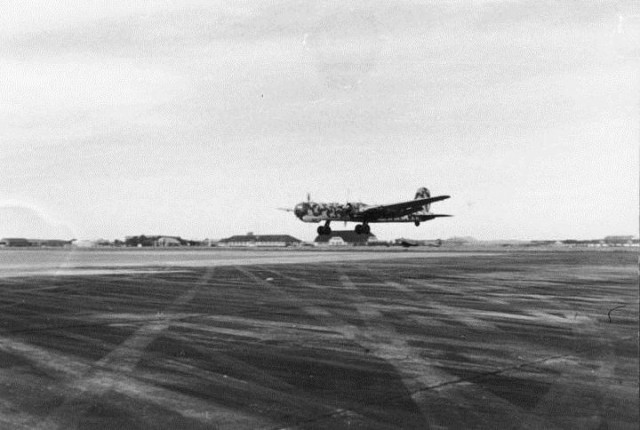
The He 177 V2 made its first flight soon afterwards but during the first dive bomb trail it broke apart in mid air. Prototype V4 failed to recover from a moderate dive, crashing into the sea near Ribnitz. Prototype V5, simulated low-level attack early in 1941 when both DB 606 engines burst into flames and it hit the ground and exploded.
In August 1942 Göring was so angry about the apparent slowness with which the He 177A’s powerplant problems were being dealt with and responded to a report:
“Why has this silly engine suddenly turned up, which is so idiotically welded together? They told me then, there would be two engines connected behind each other, and suddenly there appears this misbegotten monster of welded-together engines one cannot get at!”
Later he reportedly said:
“I had told Udet from the start that I wanted this beast with four engines. This crate must have had four engines at some time! Nobody had told me anything about this hocus-pocus with welded-together engines.”
New engines, DB 610, were fitted which solved the problem of the engines catching fire and a lot of other problems yet it remained a troubled design.
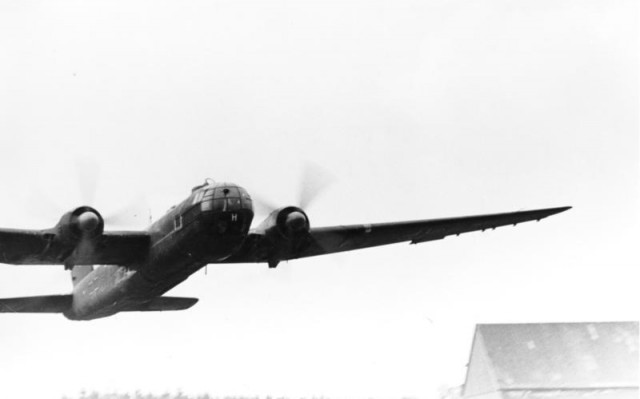
Armament on the HE 177 was as problematic as the engines, the original designs called for three cockpit-controlled remote gun turrets and one manned turret in the tail. However the development of remote control turrets did not keep pace with the development of the 177 so the airframe had to be modified a number of times to accommodate for the added gunners, and their weight.
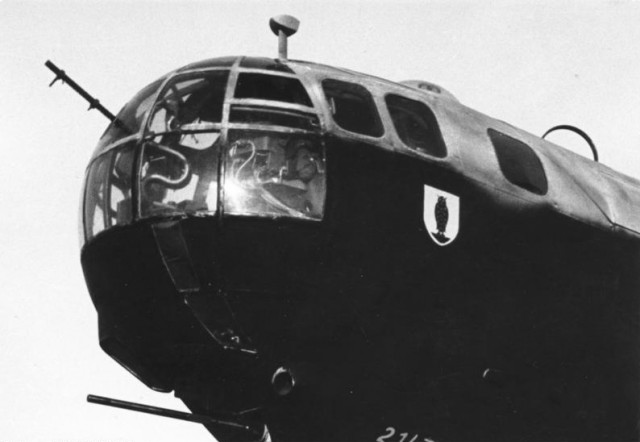
The armament in the production versions turned out to be quite impressive:
- 1 × 7.92 mm MG 81 machine gun in “fishbowl” nose glazing
- 1 × 20 mm MG 151 cannon in forward ventral Bola gondola position
- 1 × 13 mm MG 131 machine gun in rear ventral Bola gondola position
- 2 × 13 mm MG 131 machine guns remotely operated forward dorsal turret, full 360° traverse
- 1 × 13 mm MG 131 machine gun in manned H aft dorsal turret
- 1 × 20 mm MG 151/20 cannon in tail position
In 1942, when the Germans developed a bombsight with proved to be comparable to the American Norden bombsight, the dive bomber requirement was dropped by Göring and the dive brakes on the wings lower surfaces could be removed. Needless to say, these constantly changing requirements caused significant delays causing the airplane to enter service too late in the war to make a difference.
The HE 177 was used for various weapons tests, including the launch of FritzX guide missiles. It was also the starting point for the development of the America Bomber, HE 277.
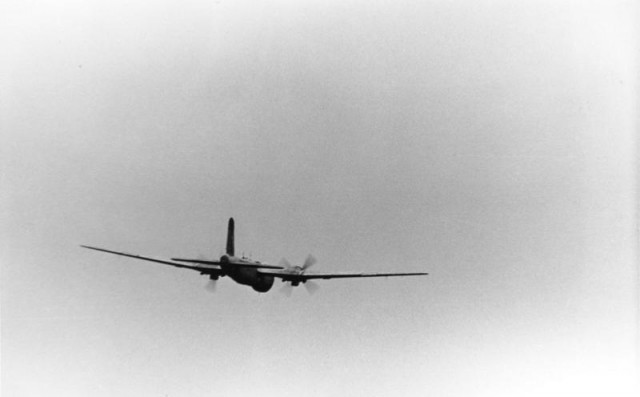
The HE 177 entered service in 1942 but due to the engine problems it was from being ready. However as an emergency measure it was used to supply the encircled 6th Army at Stalingrad, where it was found to be unsuited for the transport role as it could carry little more cargo than the smaller, more reliable Heinkel He 111, and it proved useless for the evacuation of wounded. As a result the He 177s reverted to bombing and flak-suppression missions near Stalingrad. Only 13 missions were flown, and seven He 177s were lost to fire without any action attributable to the enemy.
As the war progressed, He 177 operations became increasingly desultory. Fuel and personnel shortages presented difficulties, and He 177s were sitting on airfields all over Europe awaiting new engines or engine related modifications.
The only significant use of the HE 177 on the western front was in Operation Steinbock, a late Second World War Luftwaffe night-time strategic bombing campaign against southern England from January—May 1944.
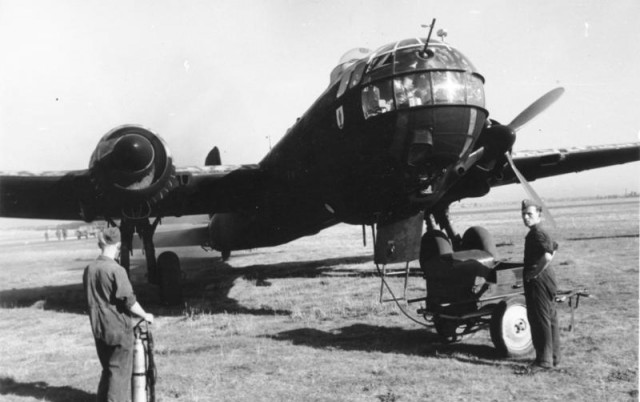
While Steinbock was unsuccessful, the He 177 did achieve some successes. They typically carried two 3,970 lb and two 2,200 lb bombs. Climbing to 22,965 ft while still over German territory, the He 177s approached the target in a shallow dive, each aircraft throttled back, the pilot putting his aircraft into a gliding descent to take it across the bomb release-point at about 14,760 ft. After releasing the bombs the pilot re-opened the throttles, but continued the descent at approximately 656 ft per minute. The bombers typically re-entered German airspace at an altitude of 2,460 ft, and headed back to base.
By such means, the He 177s were able to keep up speeds of about 370 to 430 mph during their withdrawal phase. The higher speed and constant change of altitude made interceptions difficult, increasing the survivability of the aircraft, but decreased accuracy. With an average loss rate of 60% for all types of bomber used in Operation Steinbock, the He 177’s loss rate below 10% made them the most survivable bomber in the campaign. But of the 14 He 177 sent out during Operation Steinbock, one suffered a burst tire, and eight returned with overheating or burning engines. Of the four that reached London, one was lost to night fighters.
During operations on the Eastern Front in early 1944, often carried out in daylight at about 19,690 ft or higher, losses were relatively light. The Soviet Air Force, equipped mainly for low-level interception and ground-attack roles, was able to do little to hinder the high-flying bombers.
In common with most piston-engined German bombers, the He 177 was grounded from the summer of 1944 as Allied bombing crippled German fuel production.
![the He 177 A-5 (Geschwaderkennung code of F8 + AP from 6./KG 40) that had been taken from Toulouse-Blagnac airfield in September 1944. Repainted with British markings and given the serial TS439.[50] Used purely for evaluation purposes.](https://www.warhistoryonline.com/wp-content/uploads/2015/10/He_177_A-5-640x247.jpg)
As of the early 21st century, no examples of the He 177 in any version exist in aviation museums, as all surviving He 177A aircraft post-war, including the photographed He 177B wreck at Cheb and both He 274 airframes completed in France post-war are known to have been reduced to scrap by the end of the 1950s.
Images: Bundesarchiv / Wikipedia
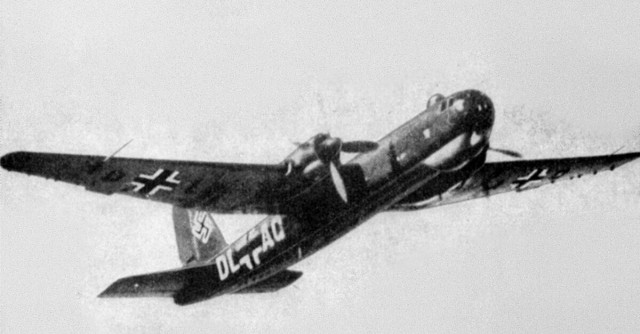
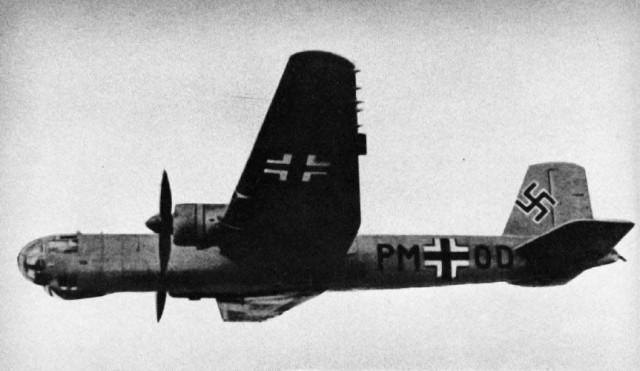
No comments:
Post a Comment